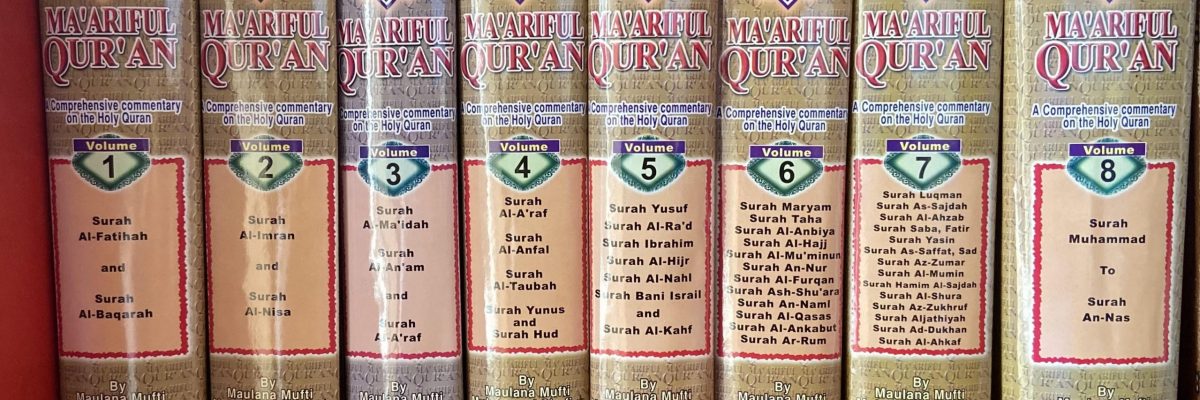Fatwa ID: 03343
Answered by: Maulana Muhammad Imad Ali
Question
Kindly explain the method of giving ghusl to maiyyat (man or woman)
بِسْمِ اللهِ الرَّحْمنِ الرَّحِيْم
In the name of Allah, the Most Gracious, the Most Merciful
Answer
Ghusl requirements
- Clean lukewarm water.
- A broad bench, stand or platform.
- Two large buckets for warm water, one small bucket or utensils, this is for the water to be mixed with a little camphor for use at the end of the ghusl.
- Two jugs or mugs for pouring water over the corpse.
- Leaves of BER tree (Zizyphus Jujuba) if easily available, to be mixed with lukewarm water and a cake of soap.
- 250g. of cotton wool.
- Two Tehbands (pieces of material for covering of Satr) and two bags like mittens with strips.
- A scissor for removing the deceased’s clothing.
- Lobaan (Frankincense-Aromatic gum resin obtained from trees) or any other Paak incense for smoking the bench, stand or platform.
- One clean sheet to cover during Ghusl and one to cover before and after Ghusl.
- One clean towel or a piece of material for drying the corpse.
(Ta’leemul Haq, pg; 130)
Who should perform the Ghusl
The Ghusl is the bath for the body of the dead person. An adult male should be bathed by his Father, Son or Brother. An adult female should be bathed by her Mother, Daughter or Sister. If none of these persons is present then any near relative could carry out this duty, (male for male, and female for female). If any of these are not in the position to perform the Ghusl, then the most pious person present should be requested to carry out this rite. The person giving the Ghusl should be assisted by others. The person performing the Ghusl must himself or herself be Paak and in a state of Wudu. It is Makrooh for a woman who is Menstruating or in a state of Nifaas (period after the birth of a child) to perform the Ghusl.
- If a Male passes away and there are no Males to bathe him, then no other woman besides his wife is permitted to carry out the Ghusl.
- In the case of a Woman, if there are no Ladies to perform the Ghusl, the Husband cannot perform the Ghusl of his Wife.
- In both instances, Tayammum should be performed. The Tayammum for Ghusl is the same as that for Wudu.
- A child who has not reached the age of puberty (male or female) may be given Ghusl by any adult, male or female if a member of the same gender is not available.
(Ta’leemul Haq, pg; 131)
The Ghusl (Masnoon sequence)
- A bench, stand or platform on which the Ghusl will be carried out must be washed, cleaned and fumigated with Lobaan or any other Paak aromatic, three, five or seven times.
- During the Ghusl it is permissible to place the body in one of the following two positions: A) having the legs facing the Qiblah. B) Having the right shoulder and side towards Qiblah. However, it is preferable to place the body with the right shoulder and side towards the Qiblah as Nabee (sal-lal-la-hu alay-hi wa sal-lam) has mentioned that the Ka’ba is the Qiblah for both, the living and the dead.
- No hair of the head, beard or any other part of the body must be cut, shaved, trimmed or combed. The nails too should not be cut. Circumcision is also not permissible. All rings, jewellery, wigs, etc, should be removed. Where the false teeth of the dead person can easily be removed, these should preferably be taken out.
- Thereafter the body should be put on the stand, the Satr, (private parts) covered. (The male’s satr is from the navel to the knees, and the females from above the breast to the ankles.)
- The stomach should gently be massaged, and then both the Istinja places should be washed with mittens on, without looking at the private parts.
- The nostrils, ears and mouth should be closed with cotton wool to prevent water from entering the body during the Ghusl.
- If the deceased has reached the age of puberty and was one on whom namaz was Fardh, he must be given Wudu. This Wudu is similar to that of namaz, with the exception of Gargling and putting water into the nostrils. The proper sequence should be to wash: A) the face. B) Arms to the elbows. C) masah on the head. D) Feet up to the ankles.
- If the dead person is in the state of Janabat, Haiz or Nifas, (a state in which Ghusl is Wajib on him/her), then the mouth has to be gargled and nostrils are made wet. This can be done with a little bit of cotton wool.
- After Wudu, the head and beard should first be washed with soap or any other cleansing agent. If these are not readily available, pure clean water will suffice. The temperature of the water must be that which a living person normally uses when bathing.
- Thereafter the body should be tilted onto its left side to allow the right side to be washed first. Warm water should now be poured over the body from the head to the toes once, and the body should be washed with soap until the water has reached the bottom (left side). The body should now be washed again twice by pouring water from head to toe. The body should then be turned onto its right side and the left side bathed similarly.
- Thereafter the body should be lifted slightly to a sitting position, and the stomach be gently massaged with a downward stroke. Whatever comes out of the body should be washed away. The Wudu and Ghusl need not be repeated in case any impurity does come out.
- The body should once again be turned onto its left side and camphor water poured over it from the head to toe three times.
- All the cotton wool should now be removed from the mouth, ears and nose.
- With this, the Ghusl is complete and the body could be wiped with a towel or a piece of material. The Satr must be kept covered. The first Tehband (covering piece) will be wet due to the Ghusl. It should thus be changed for a second one. Care should be taken that while doing this the satr is not exposed.
- The body should then be wrapped in a sheet and carried carefully onto the Kafn.
(Ta’leemul Haq, pg; 132-134)
Only Allah knows best.
Written by Maulana Muhammad Imad Ali
Checked and approved by Mufti Mohammed Tosir Miah
Darul Ifta Birmingham

